Succeeded in DNA analysis of microorganisms of 'Spaceborne' in the International Space Station and succeeded, a big step toward realization of Mars exploration

It takes out DNA from microorganisms collected in the International Space Station (ISS) and cultured in space as it is,DNA sequencingIt was revealed that an attempt to identify the type of microorganism by going on was successful. This result means that we succeeded in completing the collection of microorganisms and the identification of species in outer space and it is a very important advance for mankind to advance towards the moon and Mars in the future It is.
Genes in Space - 3 Successfully Identifies Unknown Microbes in Space | NASA
https://www.nasa.gov/feature/genes-in-space-3-successfully-identifies-unknown-microbes-in-space
Astronauts Identify Mystery Microbes in Space for the 1st Time
https://www.space.com/g00/39254-astronauts-sequence-microbes-dna-in-space.html
What accomplished this "feat" is a team of NASA astronauts Peggy Whitson astronaut and NASA experts staying at the International Space Station. Mr. Whitson did DNA sequencing of microorganisms while interacting with the control center of Houston and succeeded in locating the "what is" that creature.
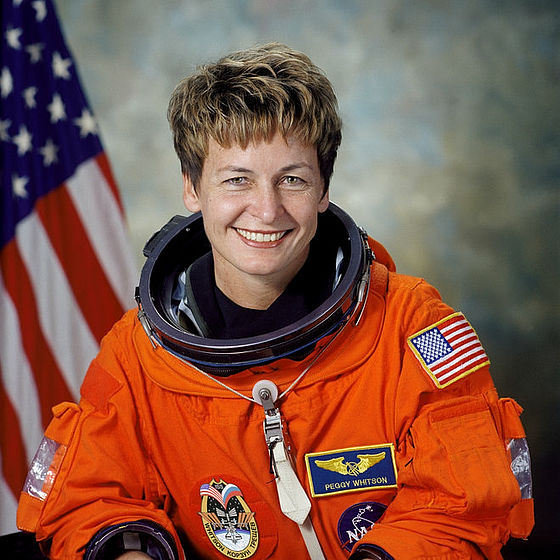
The following movie by NASA's Johnson Space Center explains the state of actual work and what the result implies.
Sequencing the Unknown - YouTube
It was in 2016 that NASA succeeded DNA sequencing of microorganisms within the ISS. This was a very big achievement, but the microorganisms used at this time were prepared on the earth and were microorganisms launched in the rocket. In other words, both NASA scientists and astronauts tried to figure out what their answers are.
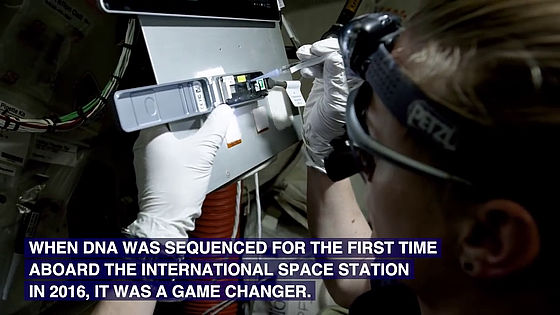
Determining the type of living things by DNA sequence is a very important technology in future space development. For this reason, NASA has been working on "to elucidate what exactly unknown microorganisms collected in the ISS are within the ISS".

Dr. Aaron Barton, a microbiologist at NASA, says, "We have done a big attempt at sampling and experimenting in the ISS this time."
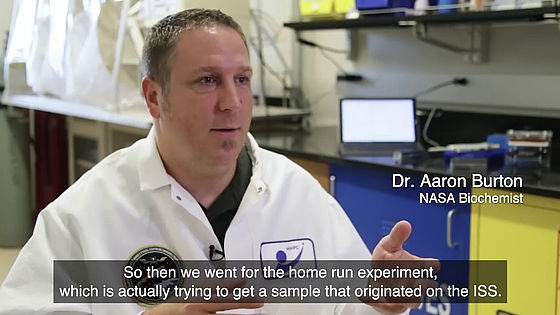
Dr. Sarah Wallace who actually conducted the experiment with Mr. Whitson said, "I was aiming to show that it was possible to do" from the sample collection to the final conclusion "only in the airplane of the ISS" I will review the aim of.
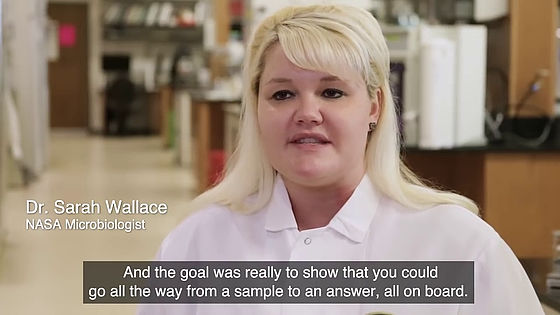
Mr. Whitson did the actual work in the ISS. The experiment seems to be carried out on 21st of August 2017.
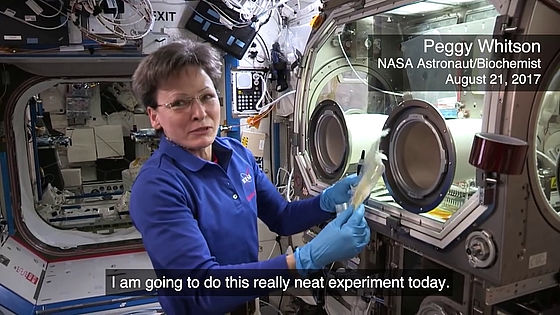
In this attempt, NASA's project "Genes in Space-3What was done in. The two plates that Mr. Whitson has in hand have cultures of microorganisms whose identity is still unknown.
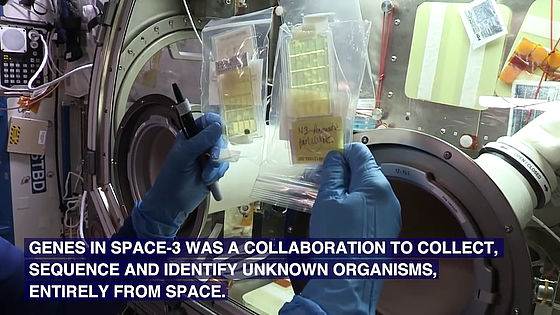
A colony of cultured microorganisms is formed on the plate, and Mr. Whitson works through the glass. Nonetheless, this microorganism was taken from another astronaut. Since this time samples are made by having astronauts touch the plate with their fingers and culturing the microorganisms adhered to it a lot, there seems to be no problem in terms of safety. However, nobody knows what kind of microorganisms actually exist until we actually investigate.
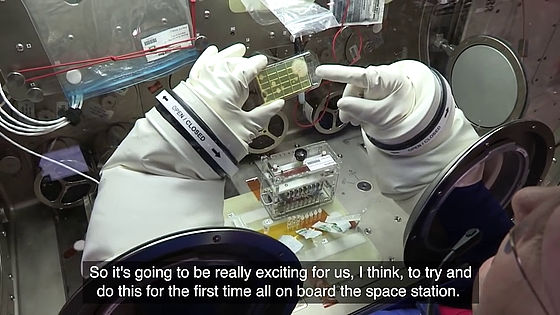
In this attempt, laboratory instruments actually available to everyone are used. For culture of DNAminiPCRWe used a device called. This is a device that can be obtained at around 100,000 yen, and yet bornKickstarter's projectThat's interesting.
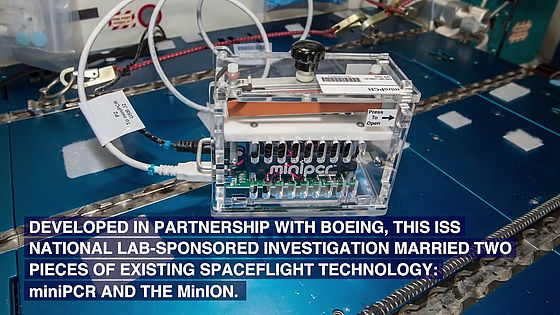
Also, for DNA sequencingMinIONThe device called is used. This is a product that the starter kit can be obtained at around 500,000 yen from 100,000 yen.
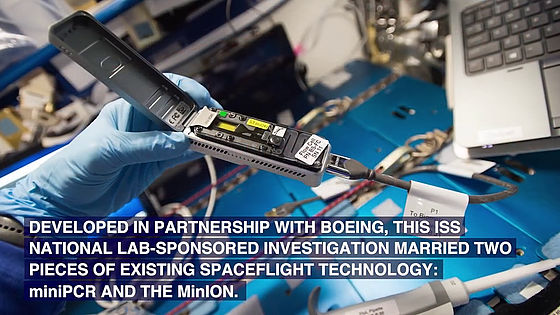
Using these devices, it is an epoch-making event that laboratory-level DNA testing can now be performed in the closed space.
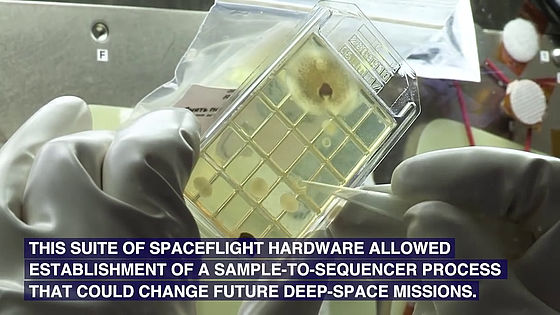
Mr. Whitson and the team on the ground first extract DNA from microorganisms and amplify DNA fragments to a level that can be used for testing.
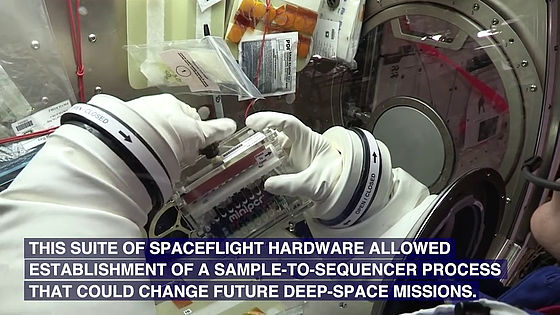
And finally at the beginning of DNA sequencing, the challenge comes down. In the summer of 2017, several huge huge hits attacked the United States, but on the same day that DNA sequencing is done, in Florida where Johnson Space Center is located "Hurricane · Herbie"Approached. Because the experiment was supposed to proceed jointly with the team on the ground, in this situation it will be difficult to leave decent results.
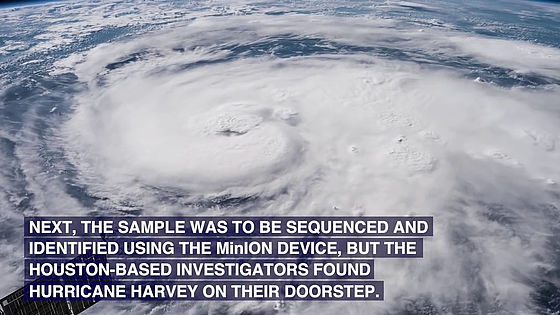
So NASA is in AlabamaMarshall Space Flight CenterUnder the cooperation of, we switched to the strategy of sending advice to Mr. Whitson of ISS from the ground.
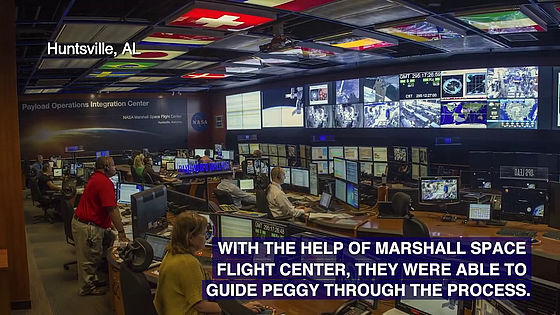
Mr. Wallace told me that Mr. Whitson of ISS took confirmation by voice from the cellular phone connected to Marshall Space Flight Center, and was instructed to do instructions.
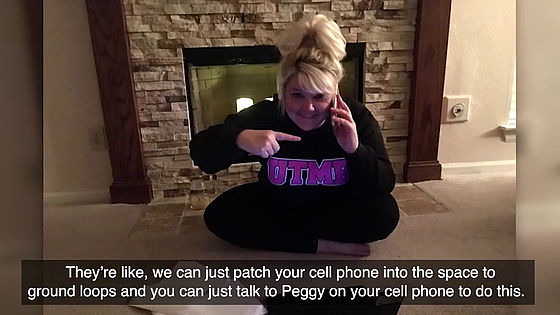
Whether attacked by a huge hurricane, there was no influence on the chemical experiment conducted in ISS.
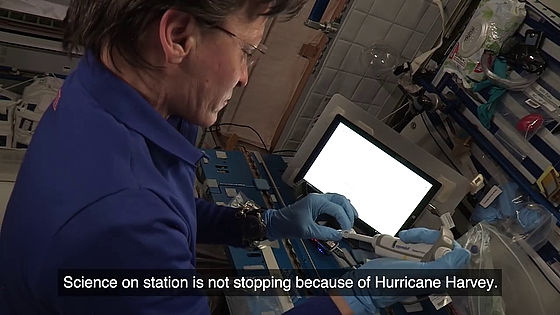
As a result, multiple DNA patterns were confirmed, and we succeeded in confirming the type of microorganisms.

Mr. Wallace recalls, "I was wondering," I am thinking that it is the first time in the world to do the universe DNA sequence of identity unknown organisms ".
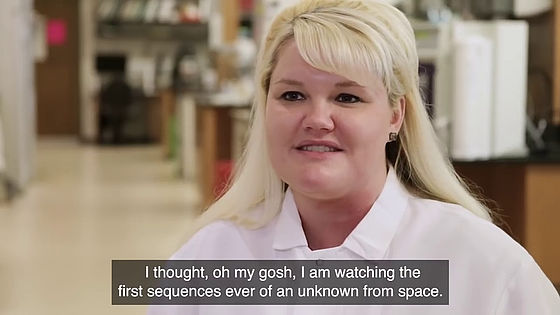
Nonetheless, we still have to do checking to see if this result is truly correct. Samples of microorganisms actually tested are brought back to the ground and DNA testing is carried out once again using the facilities on the ground.
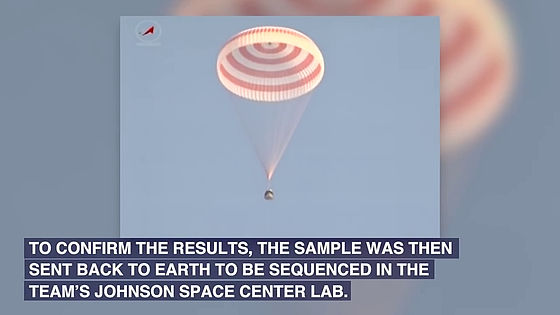
Sarah Stoll, a member of the team, conducted a biochemical examination once and a DNA sequencing test twice to investigate certainty. Then, it seems that it was confirmed that the answer derived by ISS is perfectly consistent with the answer on the ground.
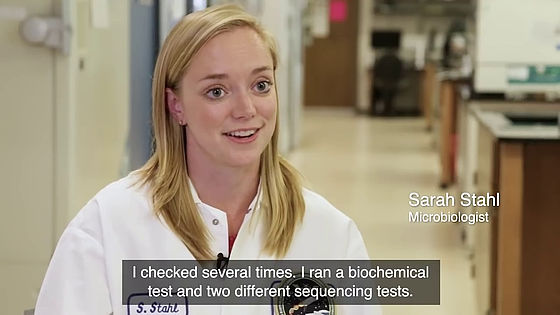
With this attempt, it was confirmed that DNA sequencing of living organisms can be performed in outer space without deriving physical aid from the ground, and correct conclusions can be drawn. Utilizing this technology, even if the astronauts suffer an unidentified disease on a long trip to Mars expected to be realized in the future, there is a high possibility that the cause can be determined by conducting DNA sequencing As it becomes higher, it means that one door of space exploitation has been opened again.

Related Posts:







